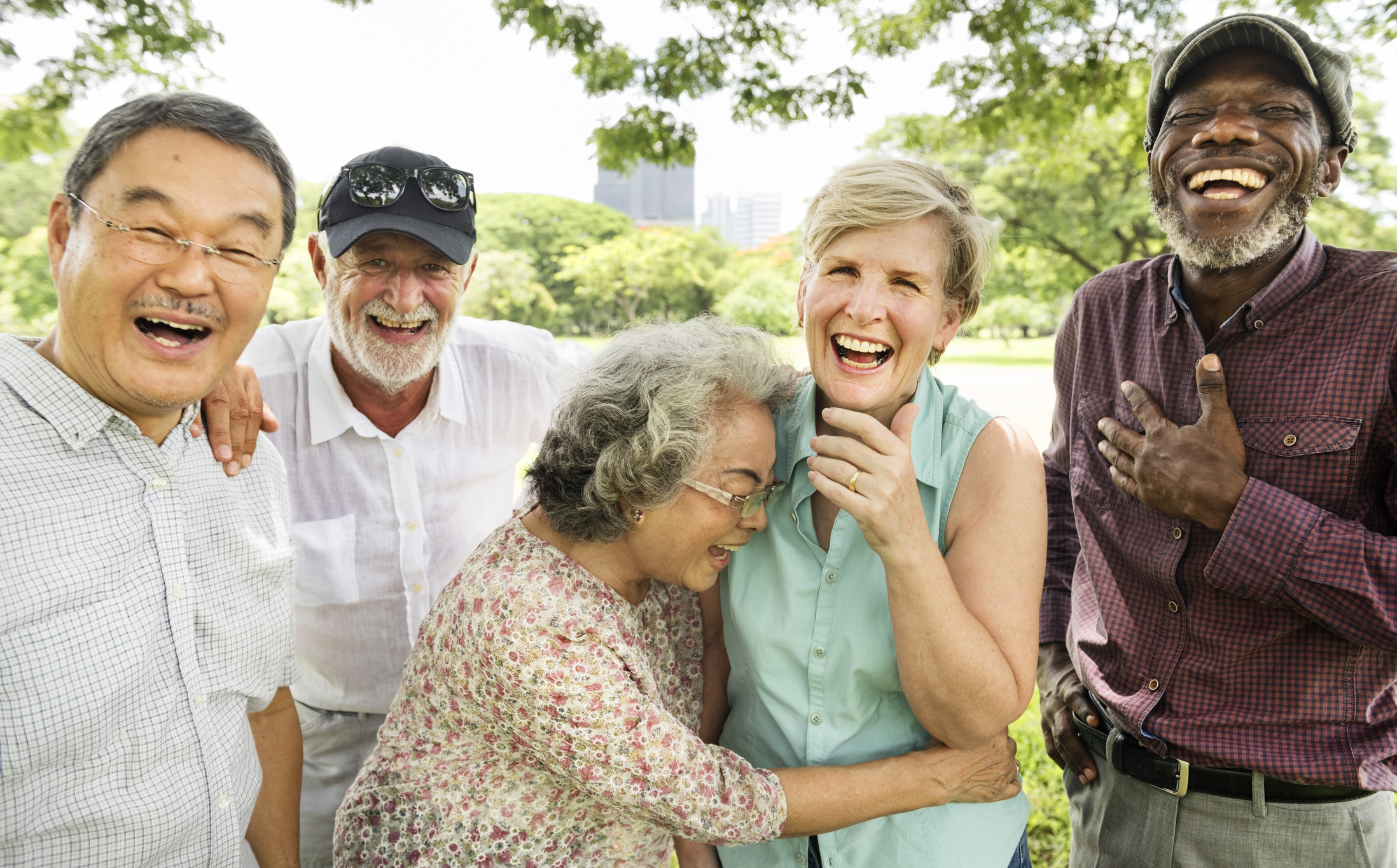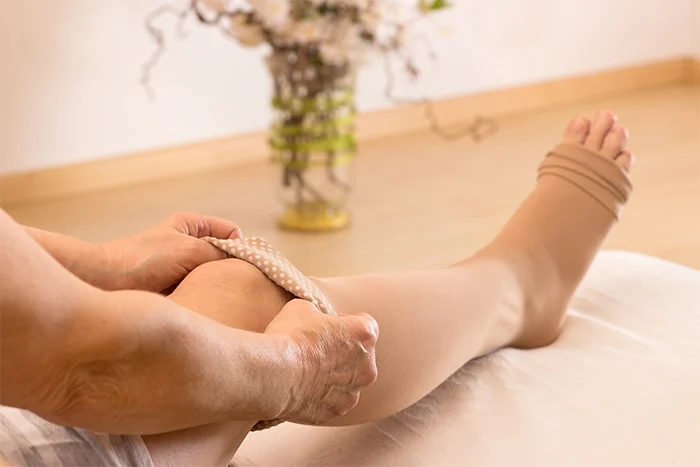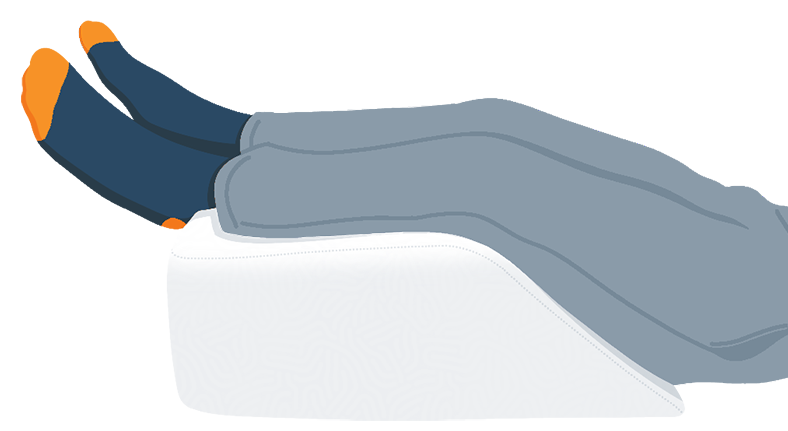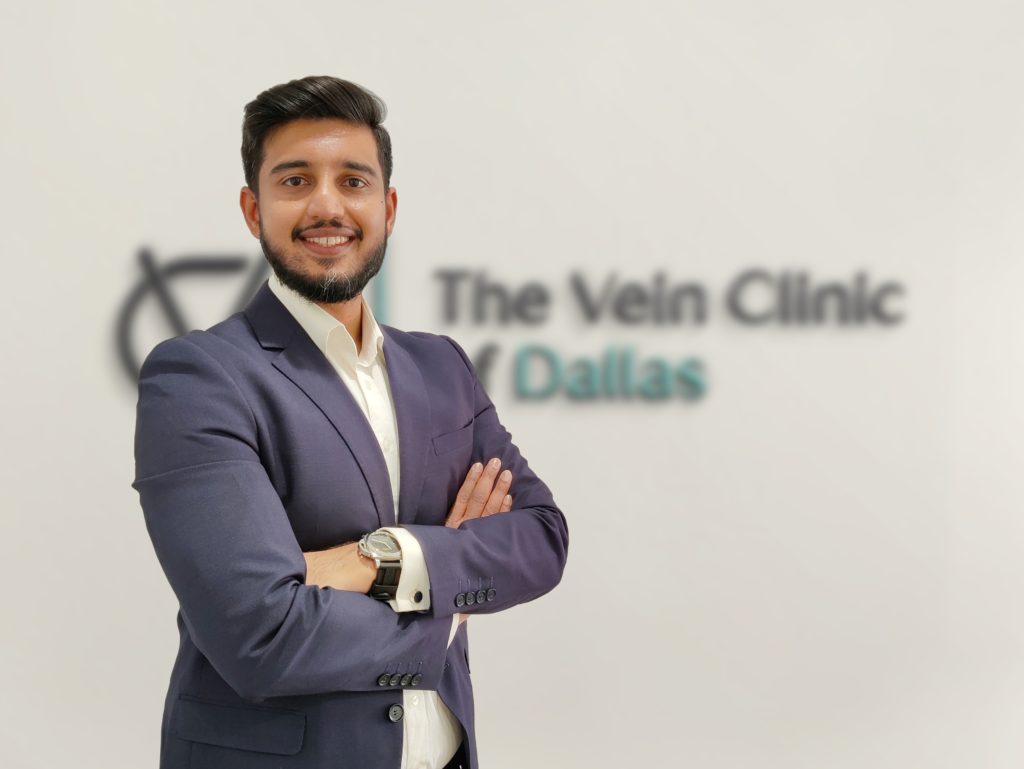What to Do After Your Treatments

You have just completed your varicose vein treatment at The Vein Clinic of Dallas. Everything went smoothly, but Dr. Poonawala listed a few important post procedure instructions that you cannot remember anymore. Not to worry; this guide should answer any questions you may have following your varicose vein treatment.

Compression Stockings/Socks
Compression stockings are an integral part of post-varicose vein treatment care. After your procedure, it is important to wear them continuously for the initial 24 hours. Only for the first night will you need to sleep in your socks. They help reduce complications, improve blood circulation, reduce swelling, and provide support to your treated veins. After the first 24 hours, continue to wear the socks during waking hours only for up to two weeks. It is important to note that your compression socks should be at least 20-30 mmHg in strength. If soreness/tenderness persists after 2 weeks, continue wearing your socks for an additional 1-2 weeks.
Avoid Prolonged Sitting or Standing Still
Both prolonged sitting and standing can increase the pressure on your leg veins. If your daily routine involves extended periods of sitting or standing, make an effort to take short breaks to walk around and stretch your legs. Dr. Poonawala recommends walking 10-15 minutes every waking hour. This will help improve blood circulation and reduce the strain on your veins. It is important to keep your calf muscles working by moving/walking as this helps your veins function easier and significantly reduce post procedure discomfort.
Take Over-the-Counter Pain Medication
Taking over-the-counter anti-inflammatory or pain medication can significantly reduce the tenderness or soreness that you might be experiencing. Varicose vein treatments can lead to localized inflammation and tissue irritation, especially around the target varicose vein. Taking ibuprofen or similar NSAID (if instructed by Dr. Poonawala) can reduce discomfort/soreness and get you back to doing what you love quicker.
Elevate Your Legs
Elevating your legs is an effective way to reduce swelling and discomfort after varicose vein treatment. Whenever possible, elevate your legs at or above heart level for about 15-20 minutes several times a day. This simple practice can make a significant difference in your recovery. Although keep in mind, do this occasionally but not excessively as moving around is vital post treatment.
Return for Your Follow-Up Appointment
Regular post-procedure follow-ups are critical during varicose vein treatments to ensure there are no complications. Dr. Poonawala is known to be very thorough and meticulous and requires frequent re-evaluation to ensure optimal outcomes and avoid complications such as blood clots (DVT).
Avoid High-Impact Activities
After your treatment, it is important to avoid any high-impact activities such as running, jogging, jumping, and heavy weight lifting during the first week. These activities can increase blood flow to your legs and cause closed veins to re-open. Even upper body workouts can put enormous strain and pressure on the veins that we are trying to treat. Avoiding these measures will keep your recovery on track and prevent us from having to retreat areas.


Avoid Long Periods of Traveling
Travel by plane is extremely taxing on our vascular system. The limited mobility, long periods of sitting, and cabin pressure changes can increase your risk of blood clots and deep venous thrombosis (DVTs). Travel by car is not much better, as it typically involves long periods of sitting without much movement. If you are traveling post-treatment, it is critical to take breaks to walk around as well as periodically activate your calf muscles by rolling your ankles or performing calf raises.
Avoid Sun Exposure
Avoiding long periods of sun exposure is important, especially after any sclerotherapy treatment. Sun exposure can lead to hyperpigmentation or staining of the skin around treated veins which can take a long while to fade. If you are going to be exposed to sunlight, the use of sunscreen around the treated areas is crucial to prevent this.
Stay Hydrated
Proper hydration helps maintain the viscosity (thickness) of your blood within a healthy range. When you’re well-hydrated, your blood flows more smoothly and is less likely to form clots. After vein treatments, inflammation and localized damage to the treated veins can increase the risk of clot formation. Staying hydrated reduces this risk and keeps your body healing efficiently.
Dermaka Cream
Applying Dermaka cream after your treatment can help fade the bruising or staining that can accompany some of our treatments. While this bruising or staining will fade overtime, the use of Dermaka will help heal the impacted area quicker and keep your skin healthy.
How Do I Know if There is a Problem?
Significant complications are rare. If you have any untoward symptoms such as severe leg pain, significant redness/inflammation along the treated vein, leg swelling, or shortness of breath, you need to contact us at (469) 846-8346.
Key Takeaways
- Compression stockings are critical to wear after your treatment.
- Stay active and walk frequently
- Avoiding long periods of standing or sitting will help reduce risk of post procedural complications.
- Over-the-counter pain medication can help reduce your discomfort and get you back to what you love quicker.
- The post-procedure follow-up is very important for ruling out any unwanted complications and verifying that there are no DVTs.
- If there are any unusual symptoms, give us a call!
Worried About Your Veins?
Click here to Make an appointment to see Dr. Husein Poonawala at our vein clinic in Flower Mound, Texas to have your veins assessed and treated today!
Our quick and easy, walk-in walk-out appointments and treatments can get your veins optimized.

Dr. Husein Poonawala is the driving force behind The Vein Clinic of Dallas. He is a dual board-certified Harvard trained Vascular and Interventional Radiologist with a passion for treating vein disorders. He is an expert in minimally invasive endovascular surgery with over a decade of experience in his field. He now focuses solely on venous insufficiency utilizing state-of-the-art vein treatments.
The content provided in this article is provided for information and educational purposes only and is not a substitute for professional medical advice and consultation.

